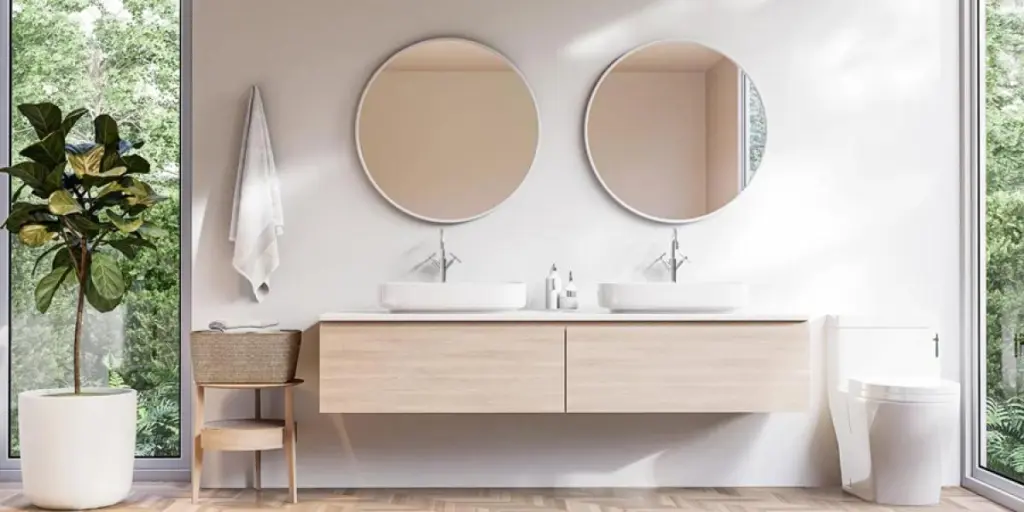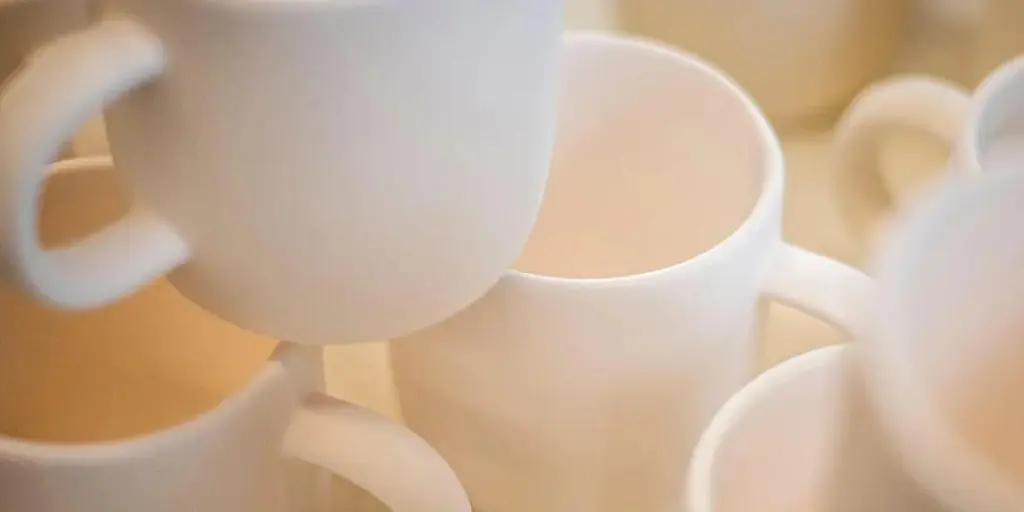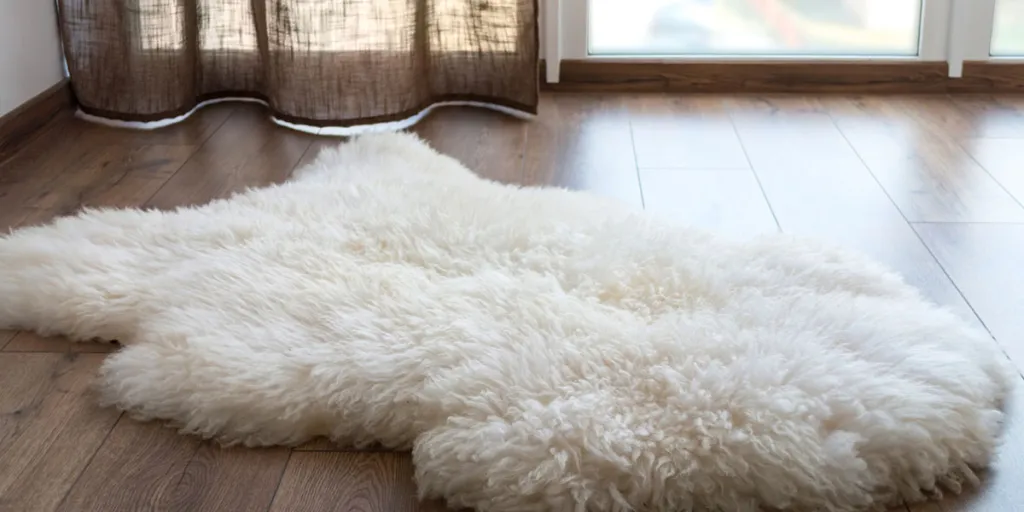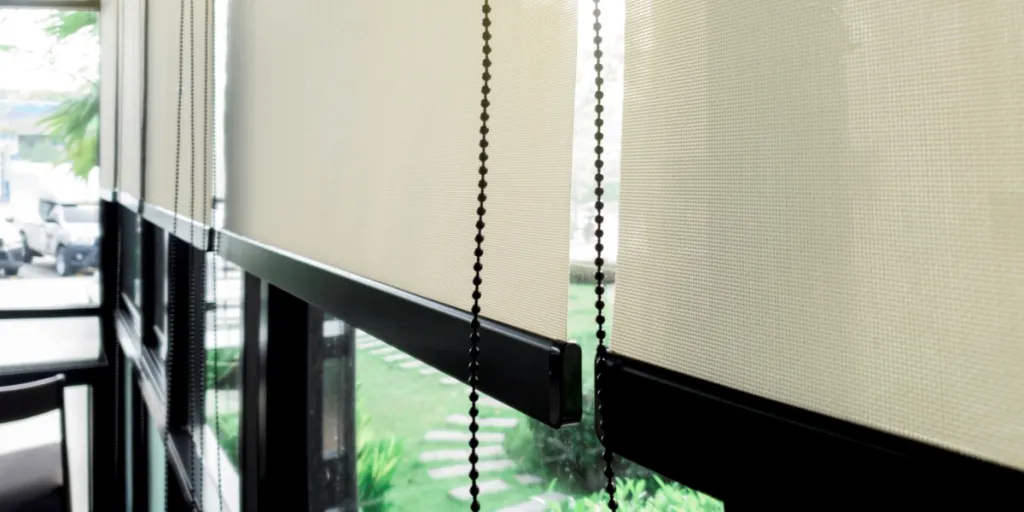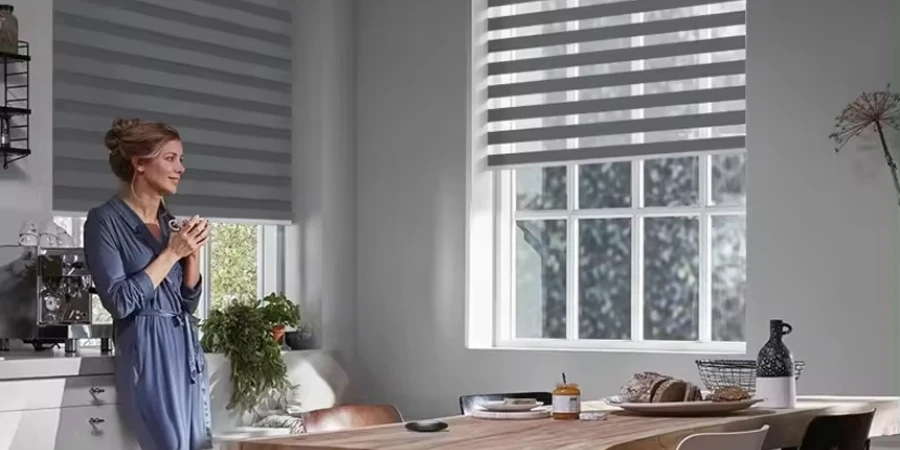In the realm of modern interior design, wall mirrors are undergoing a transformative evolution. No longer confined to mere functionality, these reflective accents are now pivotal in shaping the aesthetic essence of contemporary spaces. As we step into 2024, the allure of wall mirrors extends beyond practicality, emerging as vital decor elements that offer both style and spatial depth. Their increasing diversity in design, shape, and technological integration reflects a growing trend that blends artistry with utility. This shift marks a new era where wall mirrors are not just seen but experienced, becoming a cornerstone in the art of interior embellishment.
Table of Contents:
1. Market overview
2. Different types and their features
3. Things to consider when selecting wall mirrors
1. Market overview
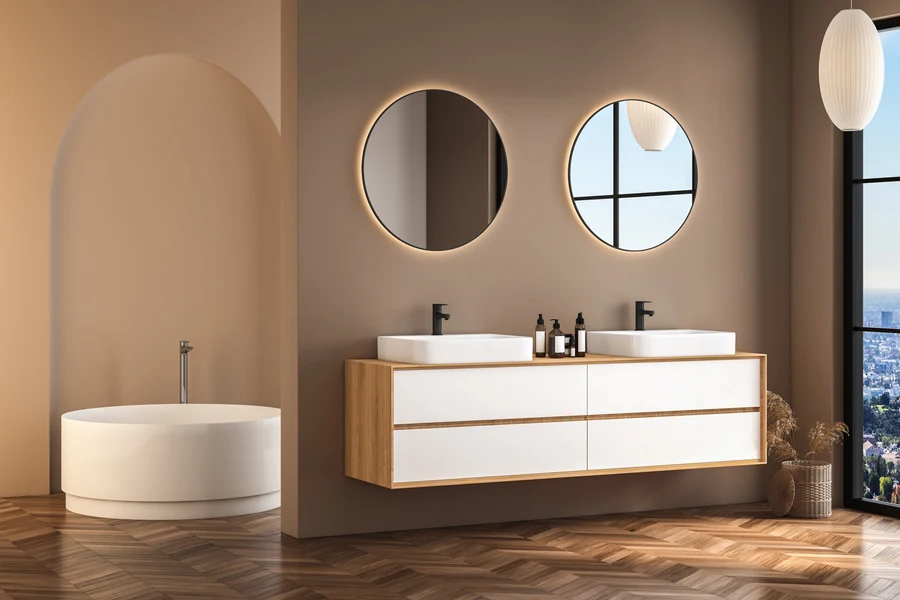
The wall mirrors market is experiencing significant growth and is set to continue this trajectory into 2024 and beyond. According to industry analysis, the market’s expansion is fueled by increasing consumer interest and technological advancements in mirror designs.
Global Market Size and CAGR:
As of the latest available data, the global wall mirror market was valued at USD 89.1 billion in 2020. It is projected to grow at a Compound Annual Growth Rate (CAGR) of 4.9% from 2021 to 2028, according to a report by Grand View Research. This growth trajectory suggests a continued expansion into 2024 and beyond.
Market changes and consumer preferences:
2024 is anticipated to witness evolving consumer preferences, with a shift towards multifunctional and aesthetically pleasing wall mirrors. Consumers are increasingly drawn to mirrors that not only serve the traditional purpose of reflection but also act as decorative art pieces. Technological advancements, such as LED illumination and smart features, are becoming more prevalent in wall mirror designs.
Key players and regions:
The market is dominated by leading manufacturers such as LVSOMT, SONGMICS, BEAUTYPEAK, Hamilton Hills, and Kate and Laurel. North America, Europe, and the Asia-Pacific regions are significant contributors to the market’s growth, with notable market shares and consumer demand. These regions are expected to continue their dominance due to ongoing investments in home decor and interior design innovations.

2. Different types and their features
Decorative Mirrors:
Decorative mirrors are renowned for their ability to transform a space. These mirrors often come with intricate frames, varying in styles from vintage to contemporary. According to Glozine, decorative mirrors can act as a focal point in any room, enhancing the overall aesthetic appeal. They are particularly suitable for living rooms and entryways where they can make bold style statements.
Oversized Mirrors:
Oversized mirrors, as discussed in Mirror City, create an illusion of space and light. Ideal for smaller rooms or spaces with limited natural light, these mirrors can brighten and visually expand the area. Their large size makes them perfect for bedrooms and dressing areas, offering functionality along with style.
Frameless mirrors:
Frameless mirrors provide a sleek and minimalistic look, suitable for modern and contemporary interiors. They offer versatility and can blend seamlessly with various decor themes. As highlighted, frameless mirrors are particularly popular in bathrooms and minimalist-styled spaces, where the focus is on simplicity and clean lines.
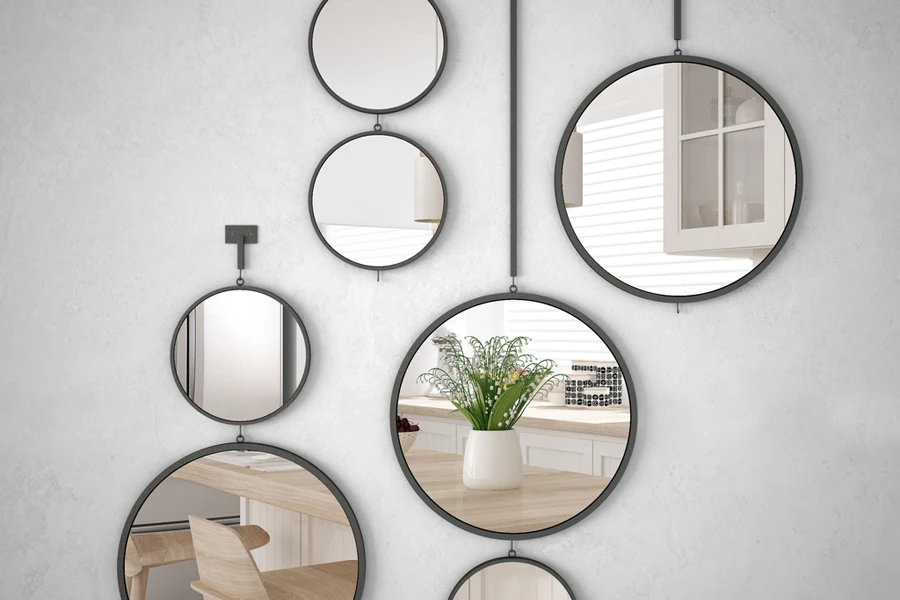
LED illuminated mirrors:
LED-illuminated mirrors are at the forefront of technology and design. These mirrors, often featured with smart functionalities like touch sensors and dimming capabilities, are suitable for bathrooms and vanity areas. They provide excellent lighting for grooming tasks while adding a modern touch to the space.
Full-length mirrors:
Full-length mirrors are essential for dressing areas, bedrooms, and walk-in closets. They provide a complete view, making them practical for outfit checks. It is highlighted that full-length mirrors can be wall-mounted or freestanding, catering to different space requirements and stylistic preferences.
Geometric mirrors:
Geometric mirrors, which include shapes like hexagons, octagons, and asymmetrical designs, offer a unique and modern touch to interiors. They are perfect for adding a contemporary element to a room. Geometric mirrors can be used as statement pieces in living rooms or dining areas, where their unusual shapes can create visual interest and conversation starters.
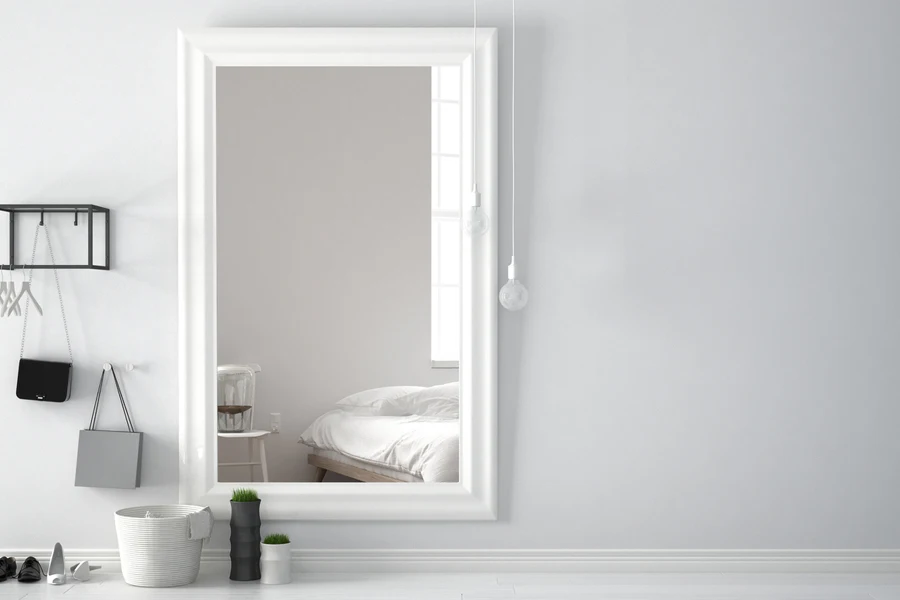
3. Things to consider when selecting wall mirrors
Selecting the right wall mirror involves a thoughtful consideration of size, style, shape, frame material, and placement, all of which should align with the room’s design and the mirror’s intended purpose. The key is to find a balance that enhances both the functionality and aesthetic appeal of the space.
Size and proportion:
The size of the mirror should complement the scale of the room and the furniture within it. Mirplus suggests using a mirror that is approximately two-thirds the size of the furniture piece it is above or around. For instance, in a smaller room or above a petite console, a large mirror can be overpowering. Conversely, a small mirror in a vast space might fail to make the desired impact.
Style and aesthetic alignment:
The style of the mirror should harmonize with the room’s overall decor theme. A sleek, frameless mirror aligns well with a modern minimalist design, as noted, while an ornate, framed mirror may better suit a traditional or vintage setting. The mirror’s style can either complement or thoughtfully contrast the existing decor to create a balanced look.

Shape and visual impact:
The shape of the mirror can dramatically affect the room’s feel. It is highlighted that the versatility of round mirrors in softening the angularity of space makes them ideal for rooms with harsh lines. Geometric mirrors, on the other hand, can introduce an element of surprise and modernity, suitable for contemporary settings.
Frame material and texture:
The material of the mirror frame contributes significantly to its overall aesthetic. A wooden frame can add warmth and natural texture, while a metal frame might lend an industrial or chic look. The choice of frame should reflect not only the room’s style but also the desired tactile quality, as different materials can evoke varied sensory experiences.
Placement and interaction with light:
Placement is key in maximizing a mirror’s functional and decorative potential. It is advised that, considering the brightness of the room and the main color of the room’s decor. A well-placed mirror can amplify natural light, making a dark room brighter, or create an illusion of depth in smaller spaces.
Functionality vs. Style:
Balancing functionality with style is crucial. For areas like dressing rooms or bathrooms, where functionality is paramount, the mirror should provide clear and undistorted reflection. In decorative settings, such as living rooms, the mirror can be more of a style statement, focusing on frame design and overall impact.
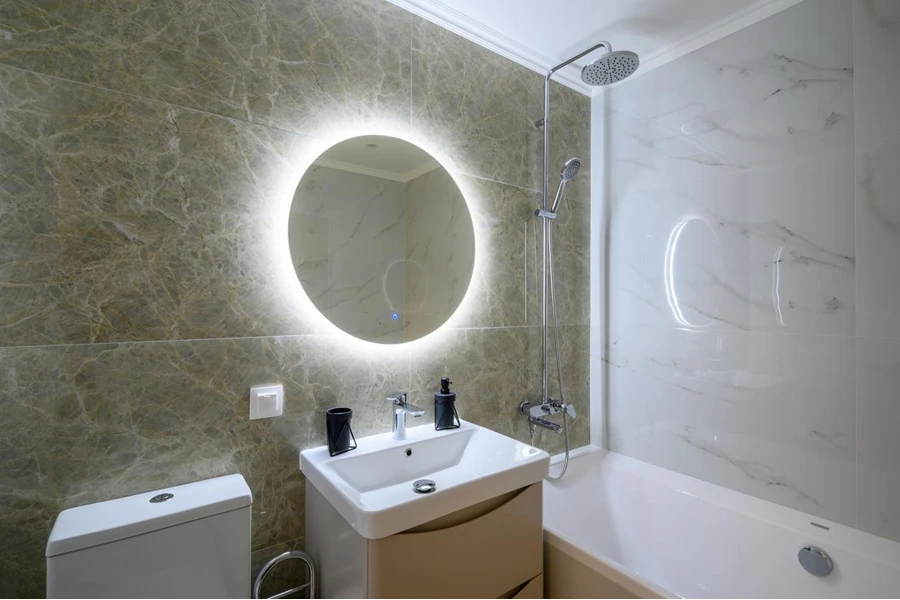
Conclusion
The journey through the 2024 wall mirror trends reveals an exciting fusion of style, technology, and functionality. As we’ve explored, the market is robust, with decorative, oversized, frameless, LED-illuminated, full-length, and geometric mirrors offering a plethora of choices to suit varied aesthetic and practical needs. The key to making a wise selection lies in considering aspects like size, style, shape, frame material, and placement, all while balancing the mirror’s functionality with the room’s overall design theme. As we move forward, the importance of choosing the right wall mirror becomes clear—it’s not just about reflecting images; it’s about enhancing and transforming spaces. The right mirror can serve as a focal point, amplify light, and add depth, making it an indispensable element in the art of home decor.
